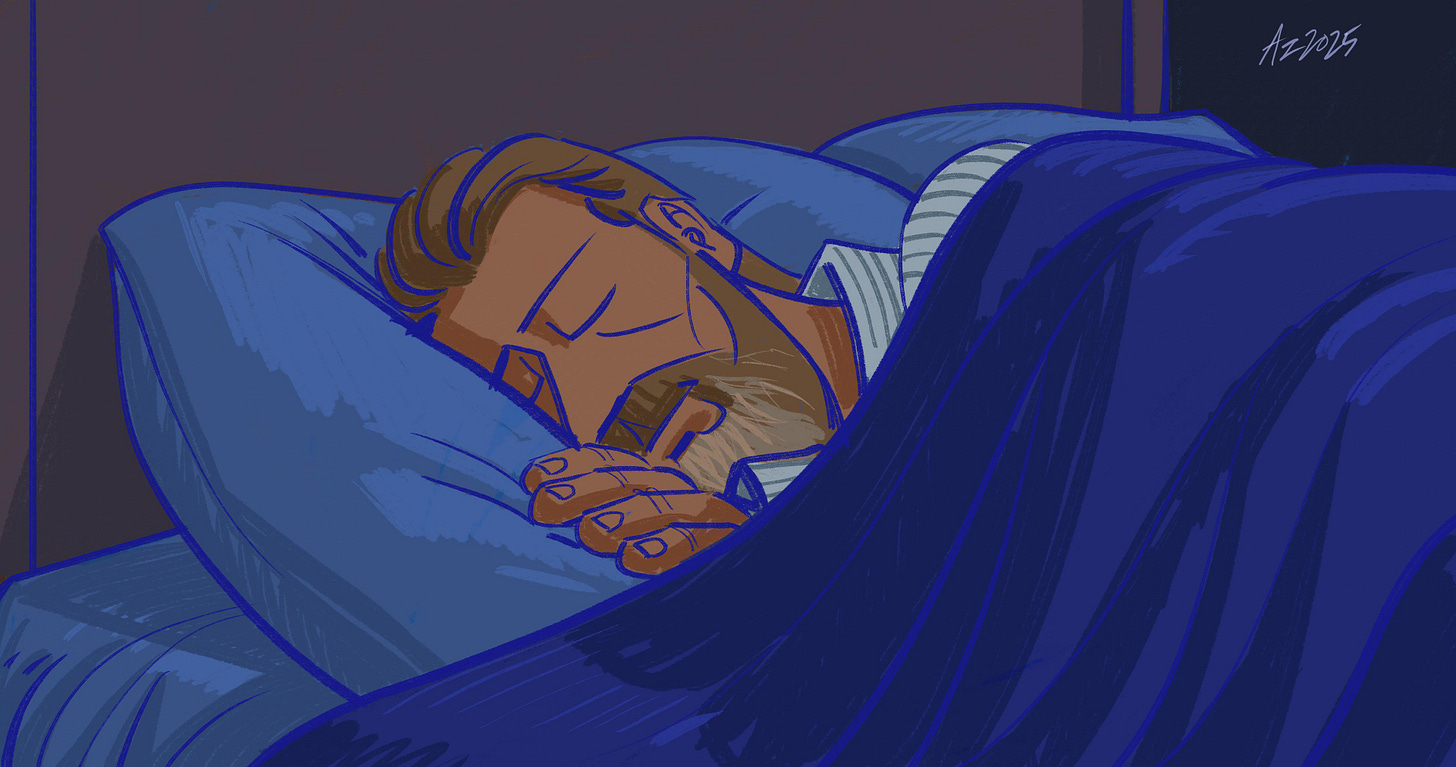Lately, I’ve been getting to bed very late. Yesterday, I woke up at one in the afternoon after too many late nights in the weeks before. This is partly because I have been looking at the Texas voter rolls lately, and found something interesting.
“Interesting” means not going to bed until it’s solved or I fall asleep at my desk, whichever comes first. I n…
Keep reading with a 7-day free trial
Subscribe to The Zark Files to keep reading this post and get 7 days of free access to the full post archives.



